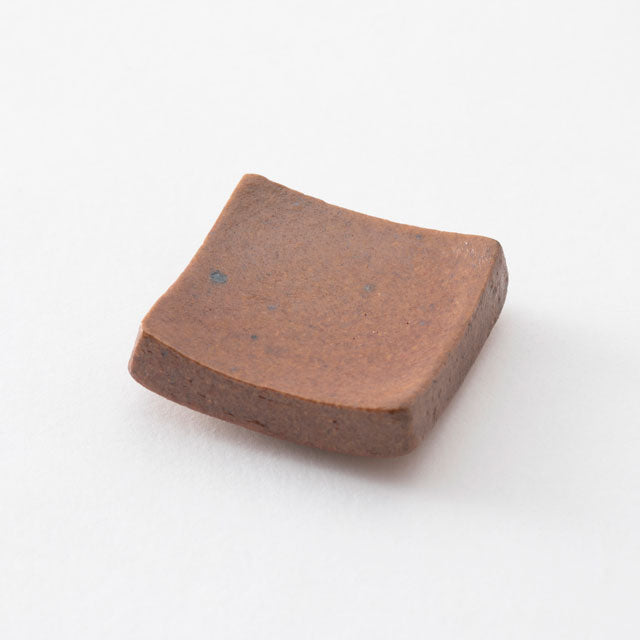
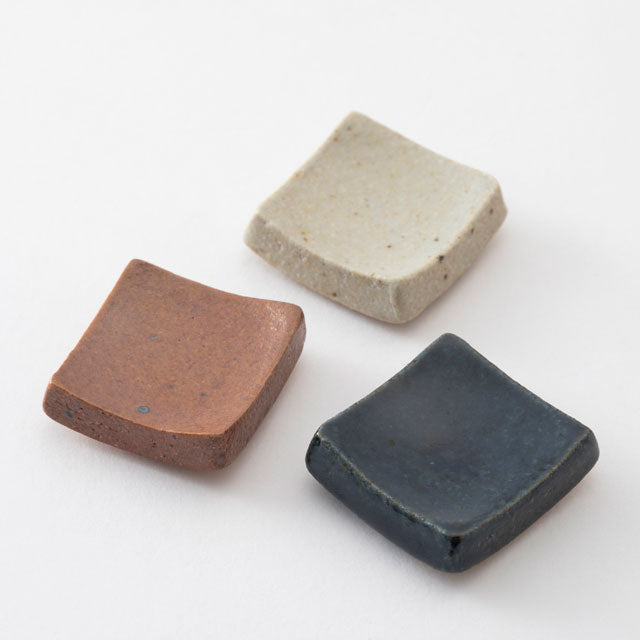
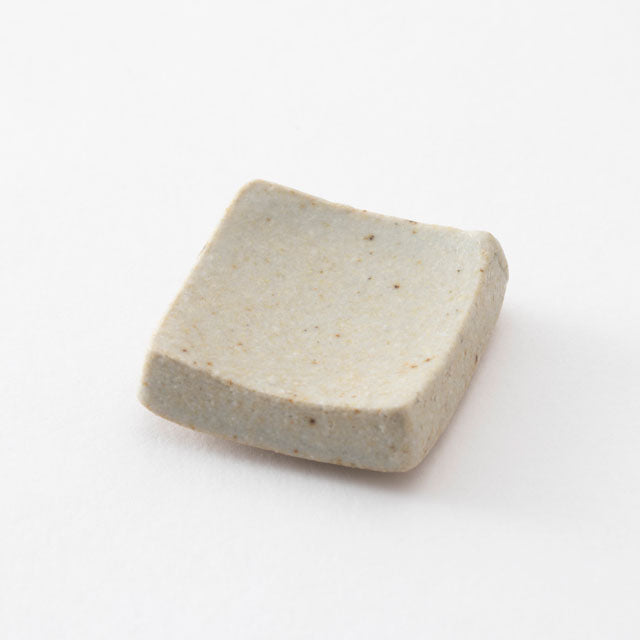
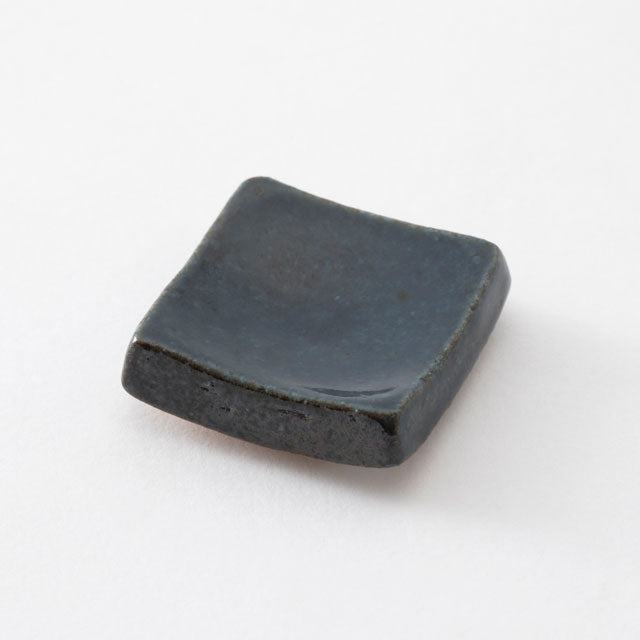
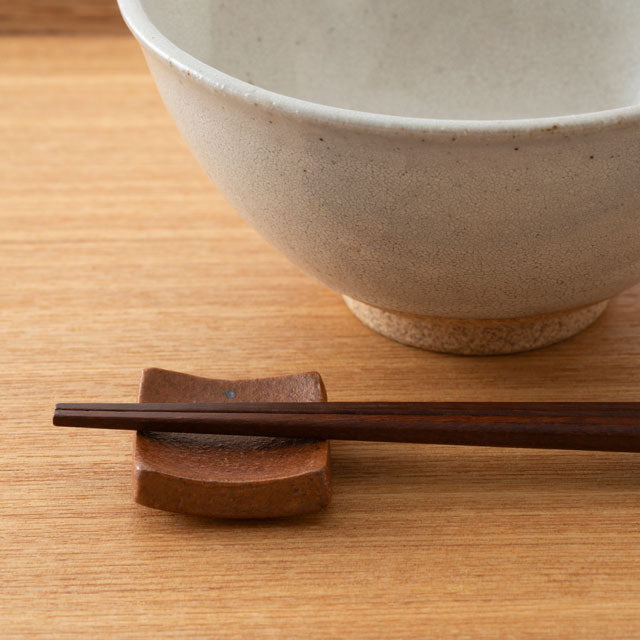
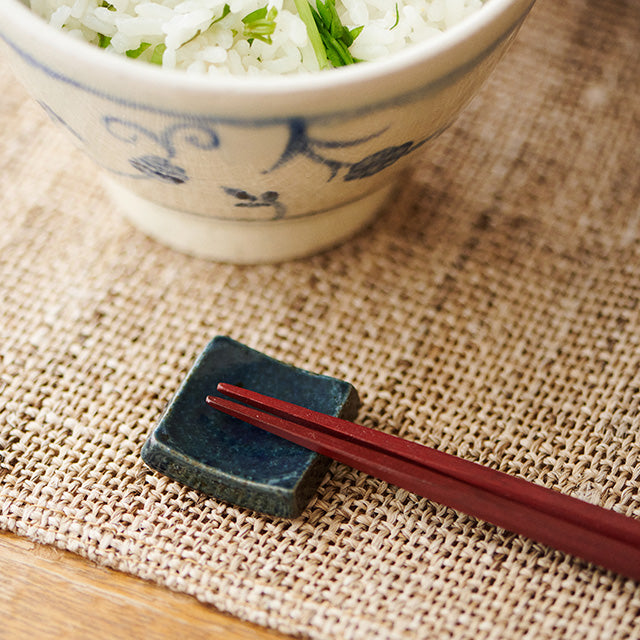

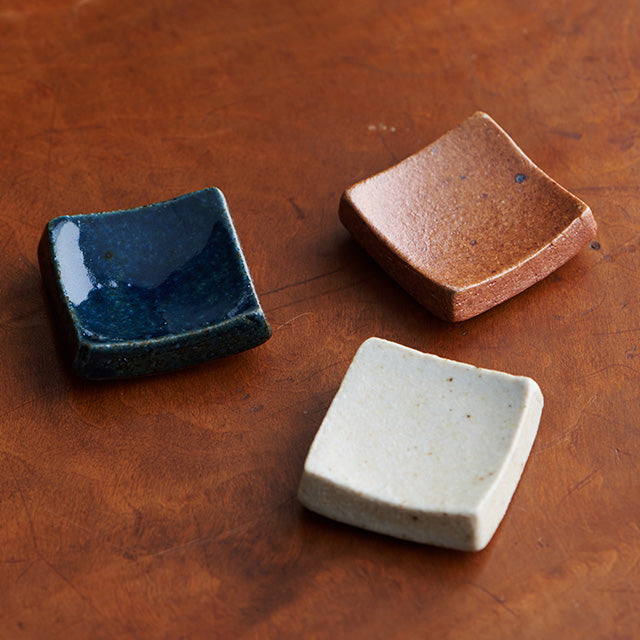
Ceramic Chopstick Rests
- Regular price
- 68,00 kr
- Sale price
- 68,00 kr
- Regular price
-
We have created chopstick rests made of various materials that will blend in with your usual dining table while adding a new touch of colour.
Even if it is difficult to change your tableware with the seasons, chopstick rests can be easily i ...
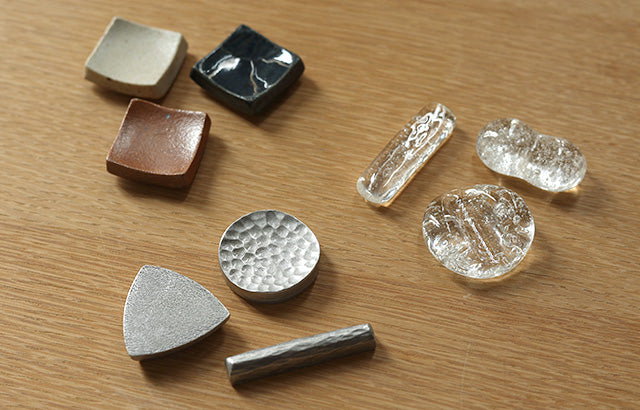
Ceramic chopstick rests for enjoying dining table arrangements
We have created chopstick rests in various materials that will blend in with your everyday dining table while adding a new touch of color. It may be difficult to change your tableware for each season, but chopstick rests are a great way to add variety. Why not try mixing and matching your tableware with these small chopstick rests?
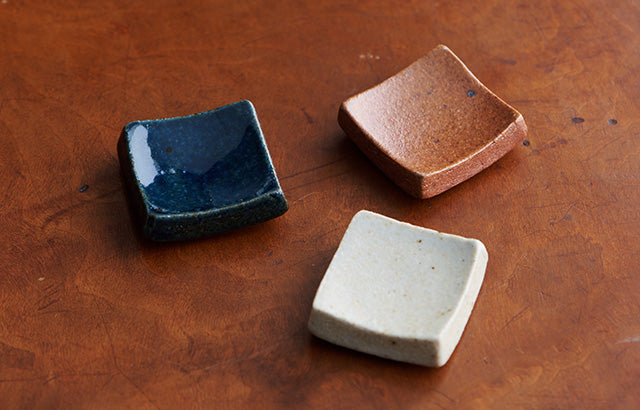
A simple look that makes use of Shigaraki soil
Each of the three types uses a different glaze to create a different look. Even if the same clay is used, the clay, glaze, and the manufacturing method that leaves handprints give each one a different look, which is what makes them so appealing. They are made by pressing the clay into a mold using the Tatara molding method, which gives them a warm appearance that makes you feel the handprints of the people. They use coarse clay that contains Shigaraki pebbles, so it is interesting that even chopstick rests of the same colour have different looks.
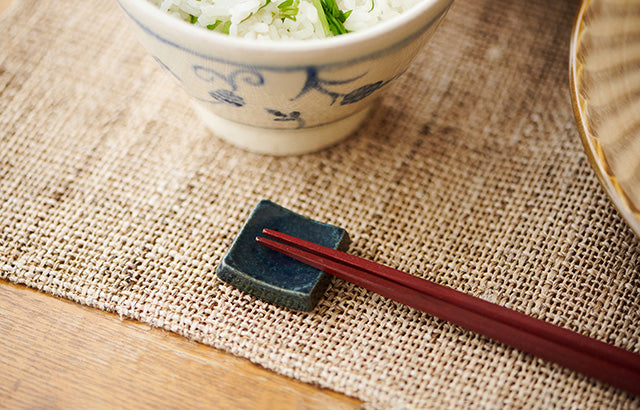
The shape of the chopsticks prevents them from rolling and allows them to be placed stably.
To make it easy to match with any dining table, we created it with a geometric shape rather than a concrete motif. The angular design allows the changes in the appearance of the clay and glaze to be easily seen. The shape is high on both ends and has a concave center so that chopsticks can be placed stably without rolling.
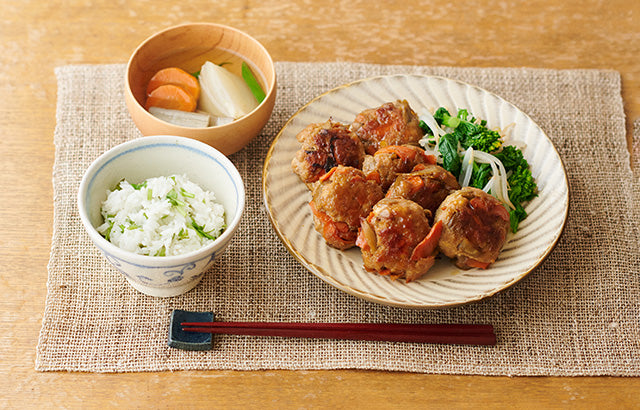
Easy to match with any dining table
The simple and rustic design goes well with patterned dishes and chopsticks. You can also coordinate it with plain chopsticks and simple dishes to create a calm impression. All three types have the same shape, so we recommend collecting them in different colours.
More information
Delivery & returns
Free international shipping available on qualifying orders. Global shipping from Nara, Japan via DHL. Returns accepted within 14 days of delivery for unused items in original packaging (return shipping at customer's expense).
Product Reviews
You May Also Like
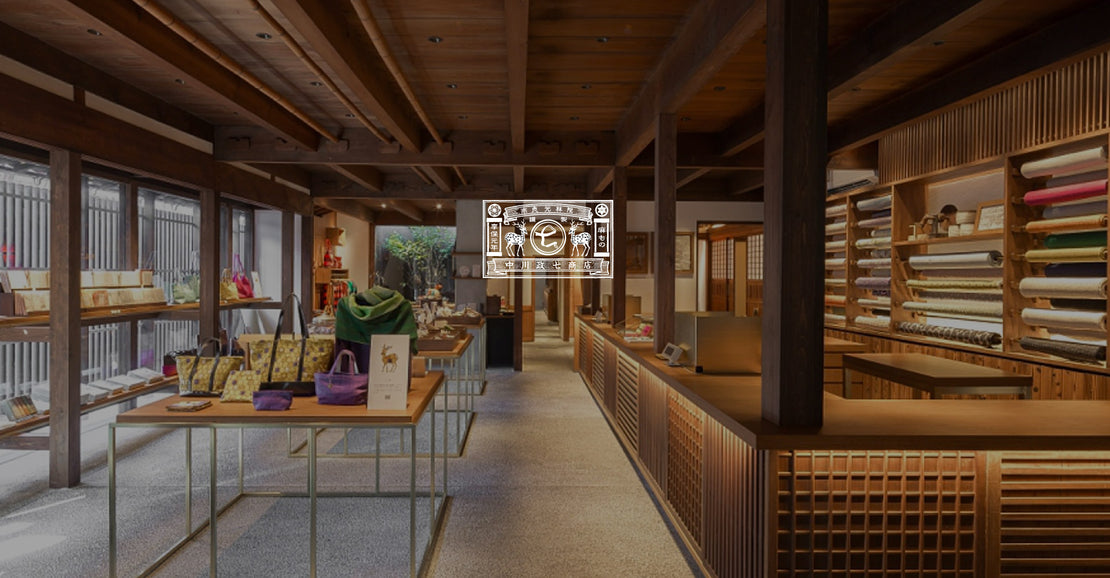
Our Vision is "Revitalize Japanese Kogei"
For 300 years, Nakagawa has supported Japanese heritage craft houses across the nation, committed to revitalizing Japanese Kogei for another century to come.
